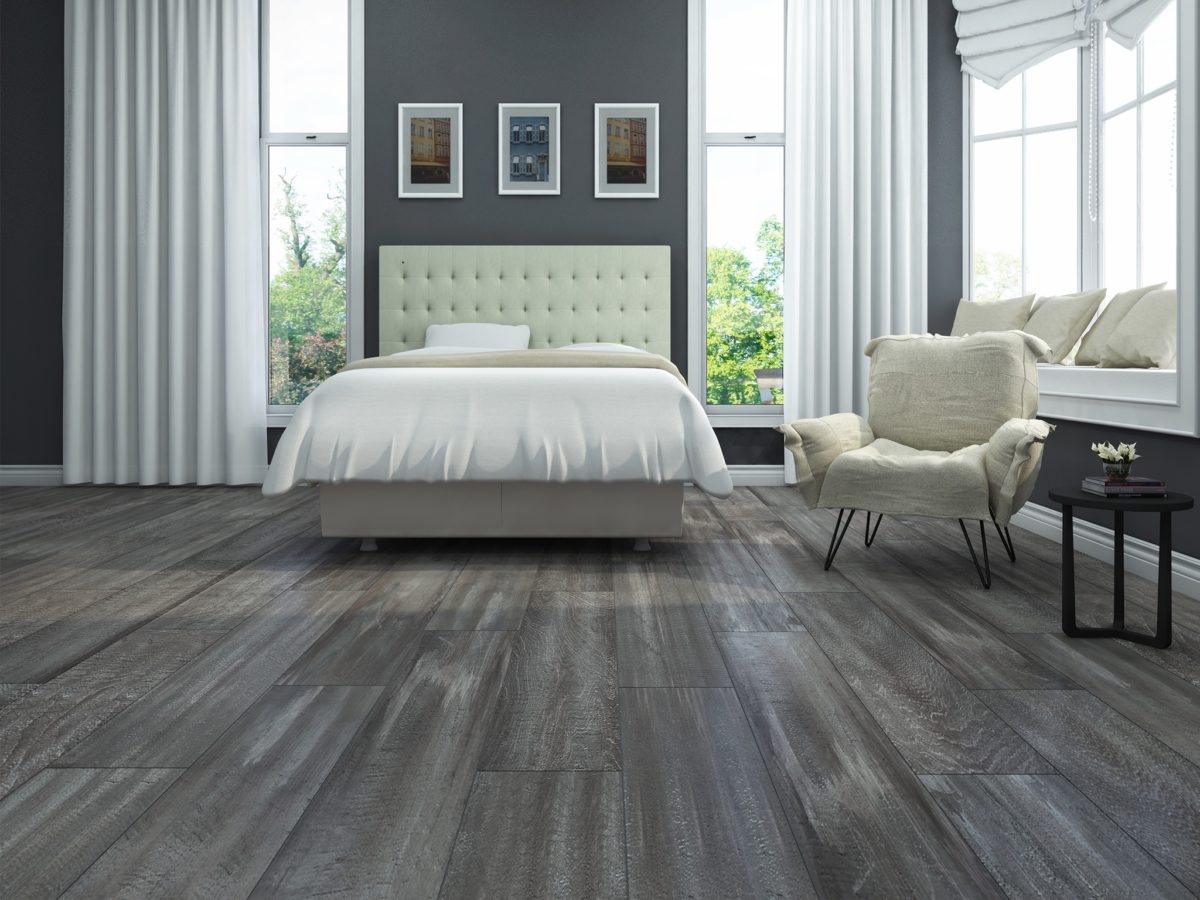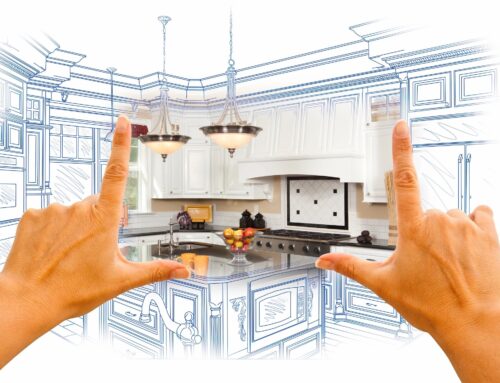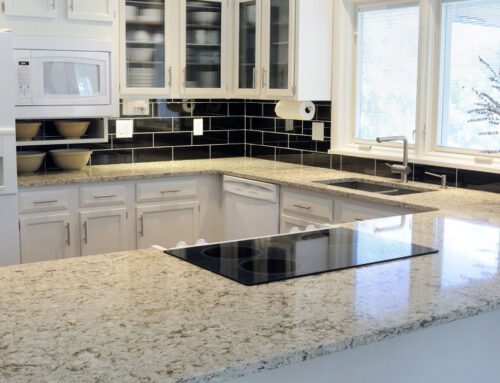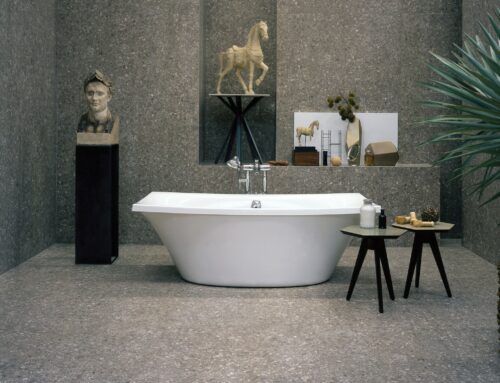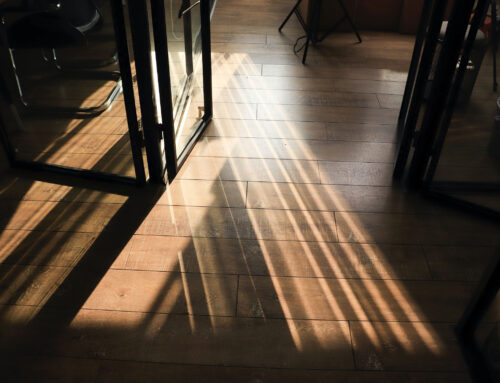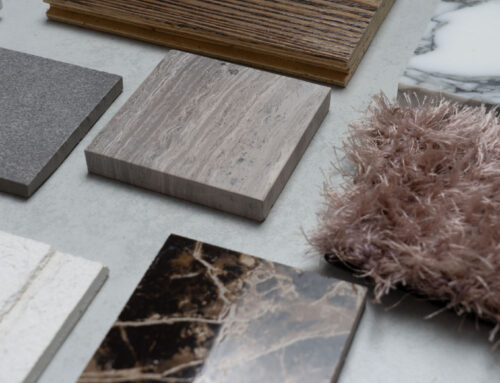Flooring options are endless. And, while numerous options are helpful, how do you choose? The following are 10 questions to ask before buying a new floor. These very important questions will help you assess flooring needs for your particular space and quickly narrow down flooring options.
1. Where is the room located and how will it be used?
Ground-level and basement spaces are more susceptible to moisture than those upstairs, so consider the impact on your flooring choice. Also, if the room will serve as an entry area for your home or a play area for pets and kids, look for flooring that can handle wear and tear. If the floor needs to support a wheelchair, walker or cane, make sure the flooring material will allow easy, unobstructed movement.
2. What is your climate?
Wood can warp and buckle and carpet can mold in humid environments. Tile makes a great alternative, is easy to clean and maintain and comes in a variety of textures, colors, and sizes to suit your personal style.
3. Will you have to redecorate?
Color is a major consideration when buying a new floor because it impacts the entire room. Lighter flooring can make rooms feel larger but show stains and reveal wear. Darker flooring can make rooms feel cozy but show dust and pet hair. Neutral tones accommodate colorful décor easily, making it easy to change your home décor down the road.
4. Will your new and existing flooring coordinate?
Consider how the new flooring will complement your overall interior style and decorating scheme. Blending materials and creating interesting transition spaces with patterns or materials may solve your design dilemmas.
5. What level of floor care is required?
Are you willing to make the new flooring’s maintenance schedule a part of your life? Ask what is involved in cleaning and upkeep and factor things like refinishing and steaming into your decision.
6. Does anyone in your home have allergies?
Hard-surface flooring collects fewer dust mites and allergens. Add warmth and visual interest with easy-to-clean rugs.
7. Can you install new flooring yourself?
New flooring installation is more than lining up boards and tiles. Know whether or not you can identify and repair a faulty subfloor if you know how to safely dispose of old flooring. Some flooring may require professional removal.
8. Have you factored in additional costs?
Installing new flooring may also require you to replace your existing trim and thresholds. Also, if you’re having your flooring installed professionally, you’ll need to include this extra expense in your budget.
9. Can you refinish your existing floor?
Research your refinishing options. You may be able to bring your floors up to date with a new stain.
10. What do you like?
Although this may seem obvious, find pictures of spaces that inspire you. You may love the look of hardwood, but you don’t think it is in your budget. With today’s many budget-friendly alternatives such as tile and vinyl mirror the look of the real thing.

